When I opened a yarn store in 2000, one of the first yarns I stocked was Bryspun Kid-N-Ewe. A DK-weight 50/50 blend of wool and mohair, the yarn was soft but not fuzzy, reasonably priced, and came in loads of colors. It was a favorite with my customers until it was discontinued in 2005.
Earlier this year, Knit Picks introduced a DK-weight wool/mohair blend called Ewe & Billy. Remembering my beloved Kid-N-Ewe, I was eager to take this new yarn for a test drive. I’m happy to report that it’s terrific.
First, the Specifications
Ewe & Billy is suitable for use in patterns calling for sport or DK weight yarn.
Let’s Take a Closer Look
If your experience knitting with mohair has been limited to fine-gauge silk/hair blends (often carried along with another yarn), you might be surprised. Those yarns are brushed to free the long mohair fibers from the twist, creating the fluffy halo you might think of when you hear the word mohair. This isn’t that.
The mohair and wool are thoroughly blended in this 2-ply yarn. The yarn is not brushed, so the surface is smooth. The wool gives this yarn bounce, while the mohair adds durability and luster. This yarn practically glows. It is lofty, but strong. I can break the yarn with my hands, but it takes some effort.
Ewe & Billy is consistently spun. There were no knots, thin spots, slubs, or bits of straw in the two skeins I sampled.
FYI: I purchased the yarn used for this review. The links are not affiliate links; I receive no compensation for writing this review (other than from paying subscribers), and I do not get any kind of kickback if you make a purchase. I have designed commissioned knitting patterns for Knit Picks in the past and hope to continue to do so in the future.
Let’s Look at a Swatch
My stockinette stitch swatch was knit on size 6 needles. My gauge is 23.5 sts and 31 rows = 4" (10 cm). This is in line with the gauge recommended on the yarn label.
This yarn is a pleasure to knit. It flowed smoothly through my fingers, with no tendency for the plies to split.
The stitch definition in this swatch is crisp and clear. My stitches look remarkably even. Washing and handling have not caused the fabric to become fuzzy, and the luster of the mohair shines through. The fabric drapes well but does not want to sag or stretch out of shape. I can comfortably wear this fabric against my skin, but it’s not quite as soft as 100% merino, and those with highly sensitive skin might feel some irritation.
Ewe & Billy would be beautiful in a polished, office-worthy pullover or cardigan.
How About Some Lace?
2-ply yarns are often recommended for lace knitting because the structure of the yarn helps holes in the lace stay open. This is a stitch pattern that looks quite crumpled fresh off the needles, but this yarn blocked out well, and is holding the blocking nicely. The curving lines of this stitch pattern are enhanced by the clear stitch definition of Ewe & Billy. I would gladly use this yarn for a lace shawl—the more intricate, the better.
What About Brioche?
Brioche knitting is not my favorite, but I thought the corrugated texture of the stitch would work well with this lofty yarn. I was right. The knit columns are clearly defined, and the contrasting color columns are nicely filled out. The softness of the yarn enhances the pillowy character of brioche knitting.
The Colors
For the initial launch, Knit Picks has offered this yarn in 19 saturated, sophisticated colors, many of which have already sold out. The website says they are expecting a re-stock in late September. Hopefully the popularity of this yarn will prompt the company to expand the color range.
What You Can’t See
Mohair is grown by the Angora goat, a breed that originated in Turkey. Angora goats are now found all over the world, and are prized for their long, silky locks. Most of the mohair fiber we use is produced in South Africa. The state of Texas is also known as a source of mohair.
Contrary to what you might think, “kid” mohair does not necessarily come from immature goats. The Mohair Council of America calls anything with a fiber diameter up to 30 microns “kid”. (For comparison, merino wool is generally between 18 and 24 microns). While the hair of the Angora goat often becomes coarser as the goat ages (just like humans), selective breeding has produced animals with adult coats that are classified as “kid”.
Mohair is known for its strength and is sometimes used instead of nylon to increase the durability of yarns intended for socks. Goats are usually shorn twice a year, and adult goats will grow 8–12 inches of hair each year. This length and strength are what allow mohair yarns to be brushed, producing the fuzzy halo you probably imagine when you think of a mohair sweater.
The Bottom Line
I’ll be looking for opportunities to use Ewe & Billy in future projects. It is a lovely yarn at a good price. The luster and drape of the mohair combined with the bounce and softness of merino wool adds up to a yarn worthy of your needles.
Say Hello to the Central Air Tee
Back in March, I reviewed Green Mountain Spinnery’s Sylvan Spirit, a lovely blend of wool and Tencel. In that review, I mentioned the Spinnery had commissioned me to design a summer top with this yarn. The pattern for that new design has just been published. Here is the Central Air Tee (Ravelry link).
This top is knit in two pieces, from the cuff to the center. A band of simple lace runs along the top of each shoulder. The pieces are joined with a flat 3-Needle Bind-off at the center front and center back. (And yes, full instructions for that clever join are included.) I’m very pleased with the way the piece turned out.
You can download the pattern from Green Mountain Spinnery’s website here, and you can find the yarn here. Or, if you’re going to be at Maryland Sheep & Wool Festival this weekend, stop by the Spinnery’s booth. You can see the sample and choose your yarn in person!
I just finished listening to Isola by Allegra Goodman. If you appreciate historical fiction, you’re going to love this novel.
Isola is based on a real-life 16th-century Frenchwoman named Marguerite de la Rocque de Roberval. Orphaned as a child, Marguerite’s childhood is splendid, but isolated. She lives in her ancestral chateau in Perigord in the care of her devoted nurse, Damienne. Her inheritance is “managed” by her volatile guardian, a cousin called Roberval.
Roberval mortgages, then sells, Marguerite’s property to finance his risky adventures at sea. When Marguerite is 20, he commands her to accompany him on the 8-week voyage to establish a colony in New France (hello, Canada!).
Roberval believes Marguerite betrays him during the voyage. He maroons her, along with her lover (Roberval’s secretary) and the ever-faithful Damienne on a barren island in the Gulf of St. Lawrence. He grants them only the supplies they can carry.
Will the trio survive? Will they ever make it off the island? These questions kept me avidly listening hour after hour.
Isola is suspenseful, harrowing, and heartbreaking. The author has done a brilliant job of taking fragments of historical documentation and turning them into fully fleshed characters inhabiting a compelling story. The audiobook narration, by Fiona Hardingham, is excellent.
Things that caught my eye…
Pianist Jason Moran lovingly strolls through a Duke Ellington classic. So good.
I can’t get enough of Jason Farago’s close examinations of art. Let him guide your eye through the Caravaggio painting Pope Francis called his favorite.
When was the last time you memorized a poem? Here is a delightful one by Edna St. Vincent Millay, broken down into easy to memorize chunks.
As always, I’m delighted you’ve chosen to share some of your time with me. Continue the conversation: How do you feel about knitting with mohair? Have you used a non-brushed mohair yarn before? Are you a member of the I Hate Mohair Club? Let’s discuss in the comments.


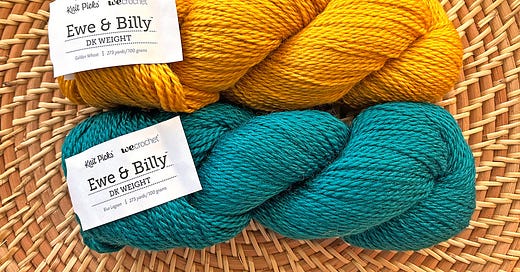



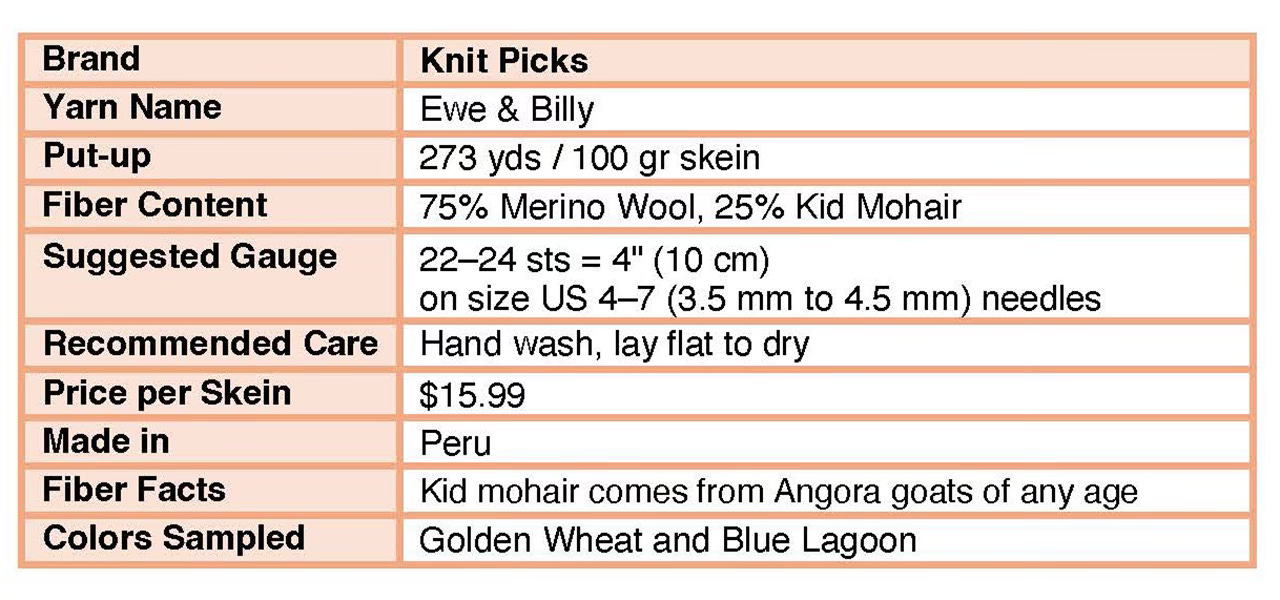
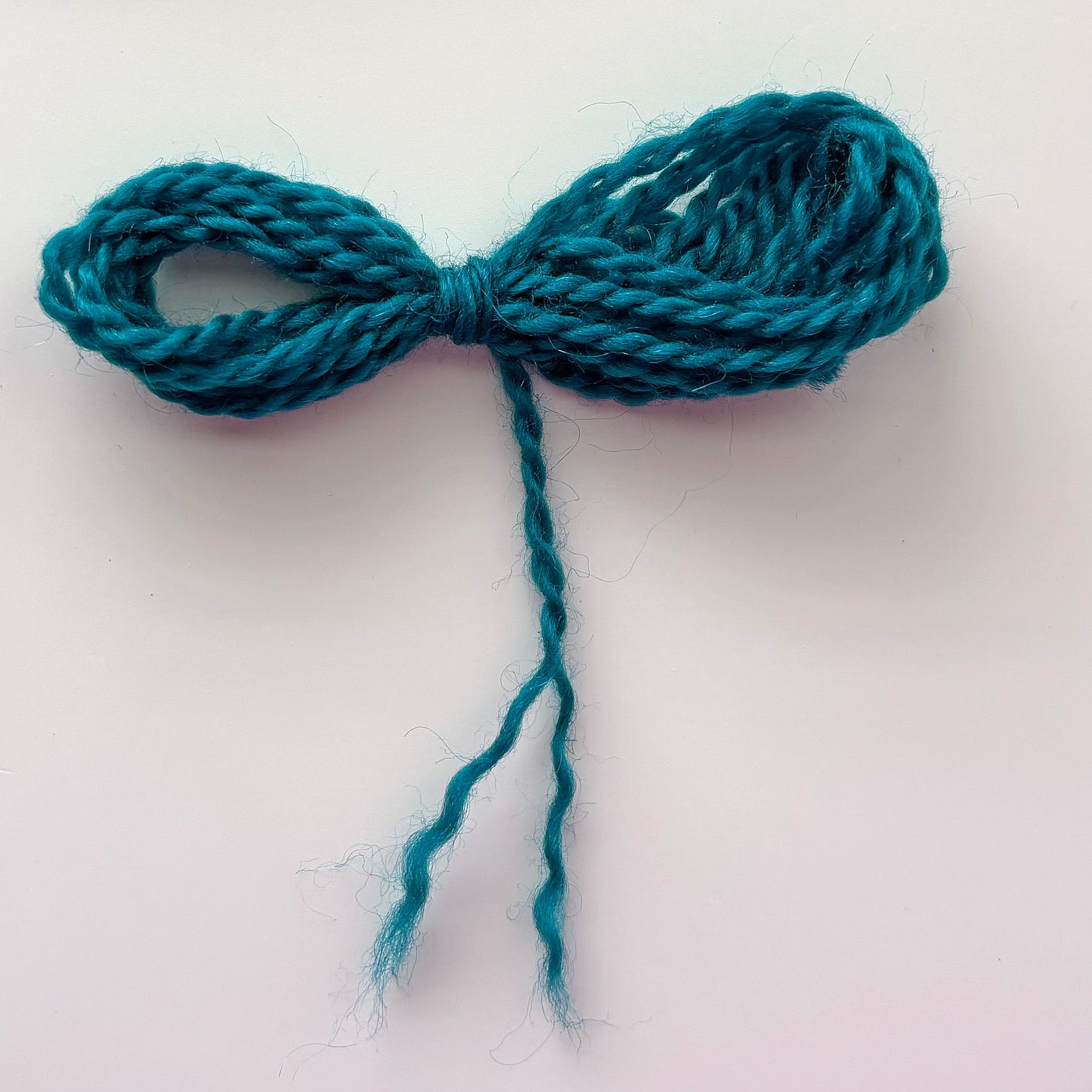
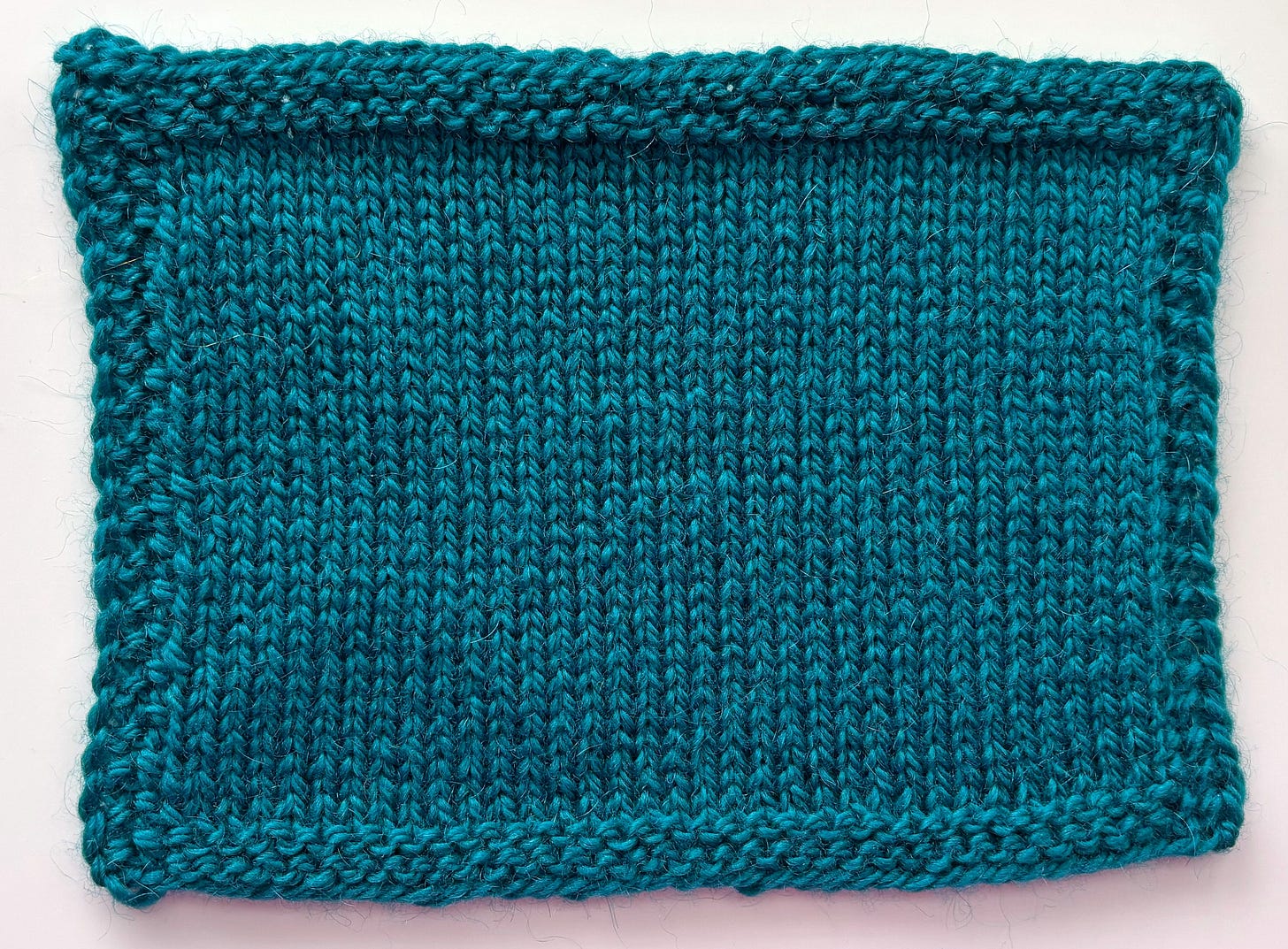

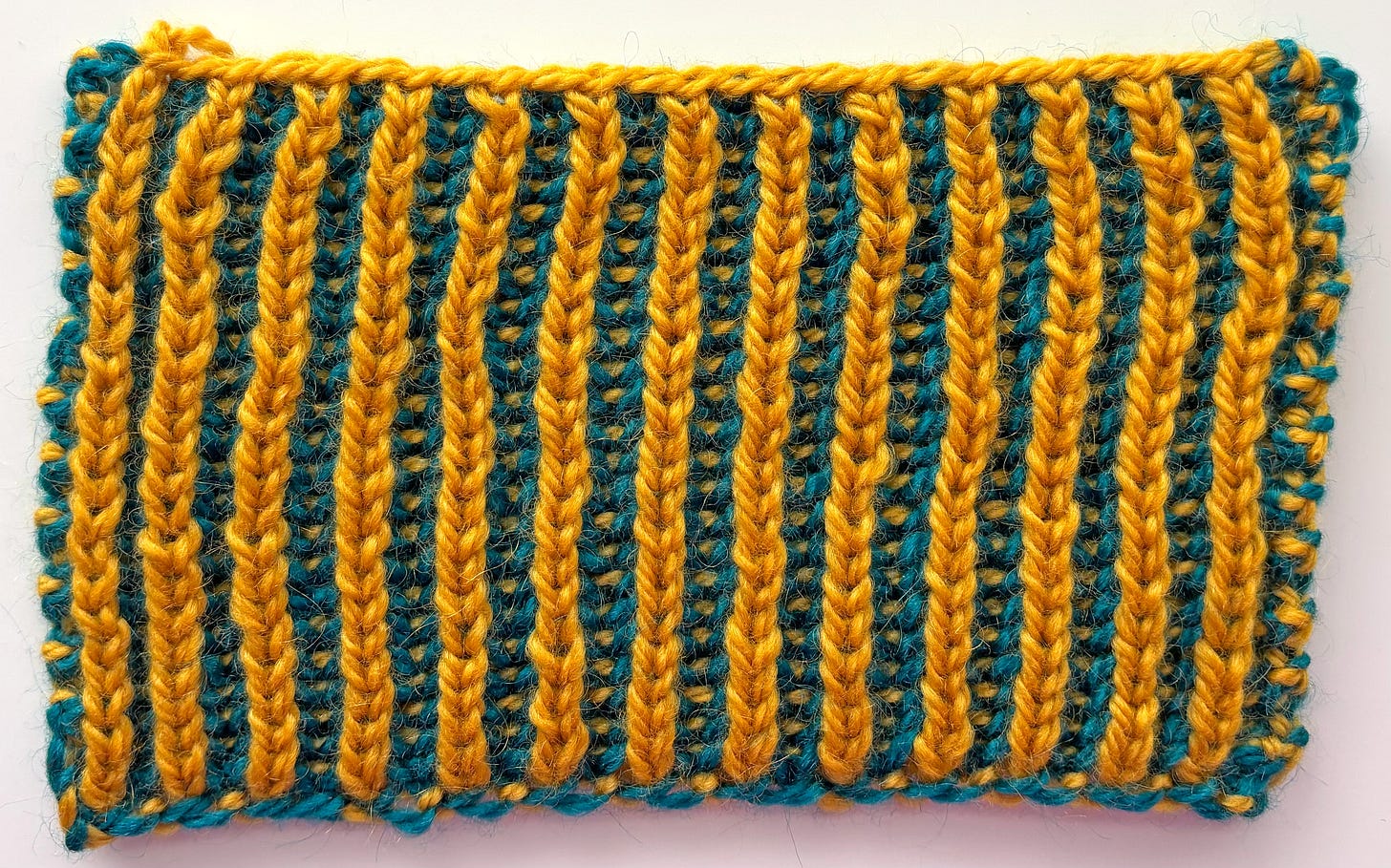
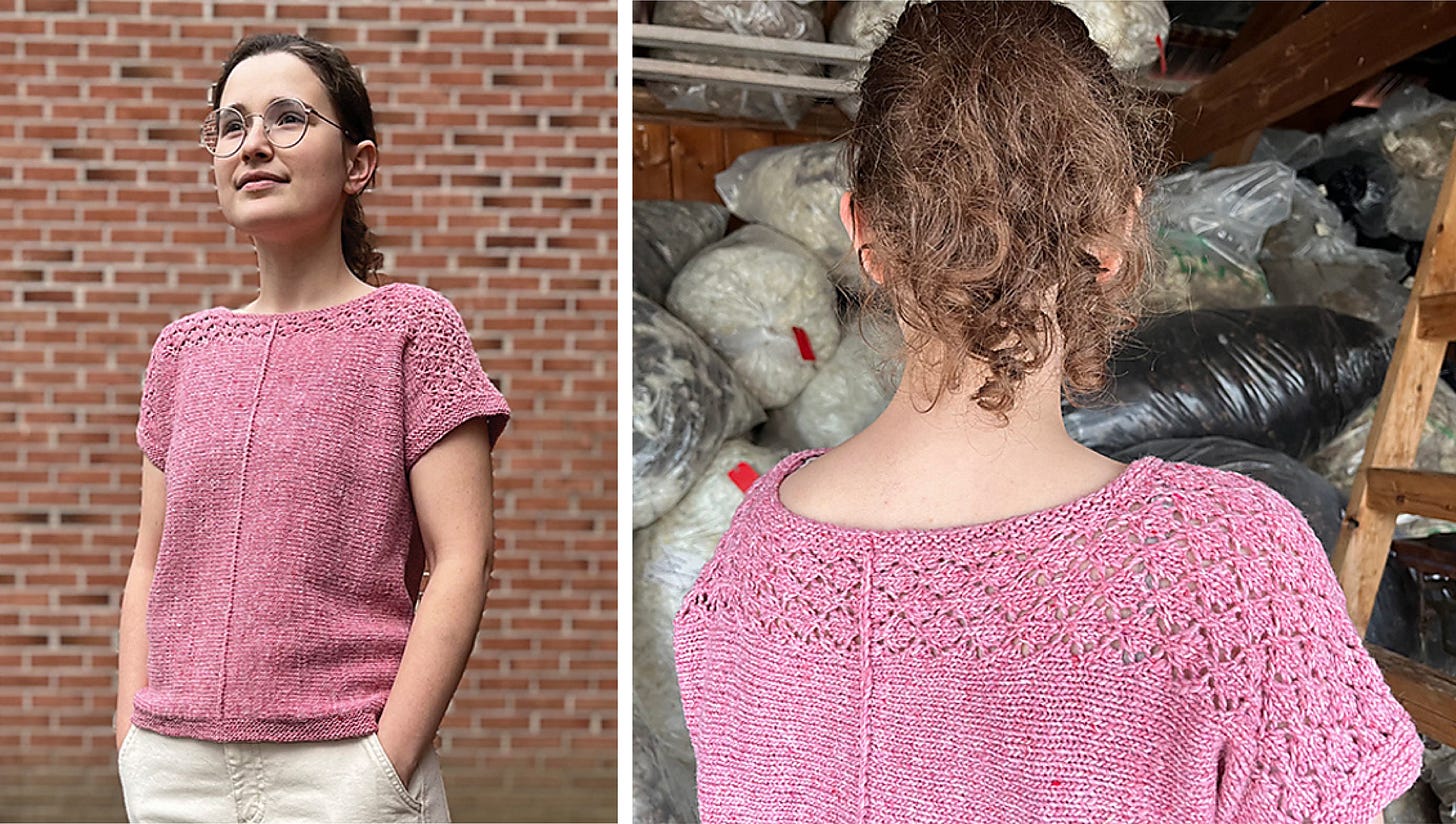

What a lovely tee! I like the detail of a line down the center front and back. As for mohair, I haven’t knit with it in a long, long time. Seems to me there was a time when it was all the rage, and I got swept up into it. The mohair I knitted with, though, was very fuzzy, and I think I only knitted one shawl. I gave the shawl to a friend, moths ate holes in it so she gave it back in case I could mend it. It may well be at the bottom of my cedar chest ;-) It was long enough ago that I don’t remember. Did I mention that Lesley Manville is the narrator for The Thursday Murder Club by Richard Osman? I’ve listened to the first two novels in the series. The third in the series switches to a different narrator (and actually has a couple of narrators, it seems) so I haven’t gone beyond the first two yet. Manville is a great narrator!
I have Isola on my library waiting list. We had to memorize poetry in school, maybe it is time to start again. I hope to bump into you at H&H.